James Rada, Jr.
Thurmont Middle School Administrative Secretary Christine Newman was going through the long-unused cabinets in the old records room of the school when she came across a time capsule of sorts.
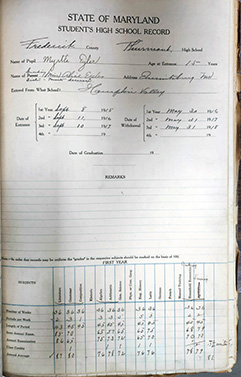
The cabinets contained books of middle school class photos from the 1969-1970 school year (its first year as Thurmont Middle School), graduation announcements, newspaper clippings about the building, and the student ledger with who attended Thurmont School in the building in early decades of the 20th century. The student ledger is essentially the school record of each student, showing their personal information, classes taken, and grades.
Newman also found three battered loving cups that had been awarded to students for various achievements.
Parts of the current Thurmont Middle School building were constructed in 1915 when the building served 11 grades. The gym and cafeteria were added in 1949 along Summit Avenue. The building has since undergone renovations and rebuilds and has served the community at the middle school since Catoctin High School opened in 1969.
Newman showed the items to Principal Janine Smith. She realized what they were and realized these pieces of local history belonged with the Thurmont Historical Society.
Newman and Smith presented the items to Ronald Pearcey, Thurmont Historical Society treasurer, last month at the school.
The items are available for research and viewing at the Thurmont Historical Society.
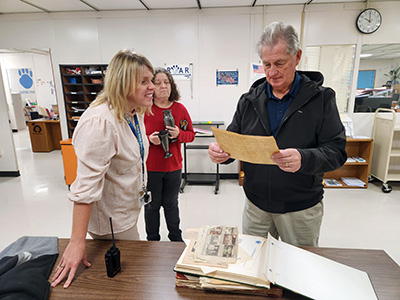
Thurmont Middle School Principal Janine Smith, Administrative Secretary Christine Newman, and Thurmont Historical Society Treasurer Ronald Pearcey look over the historical documents that were recently found at the school.

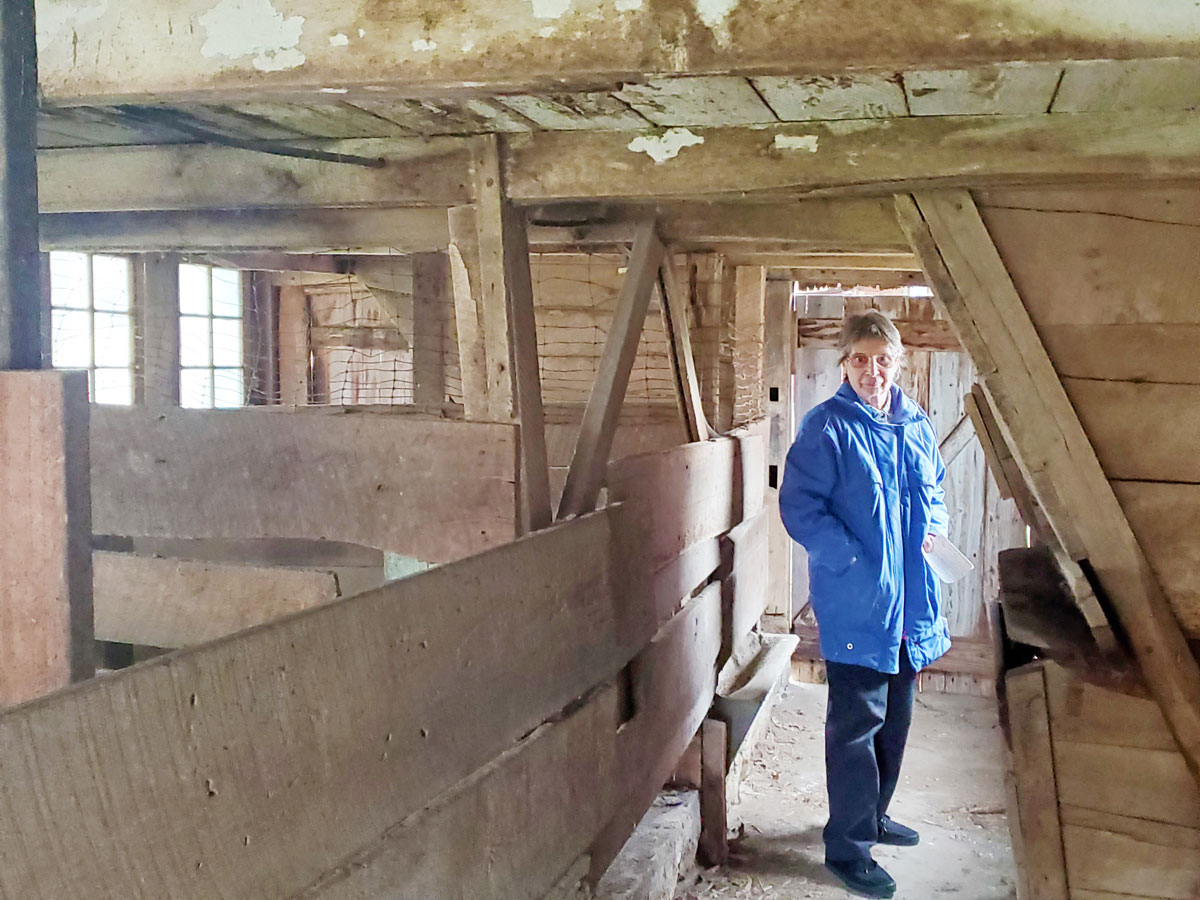
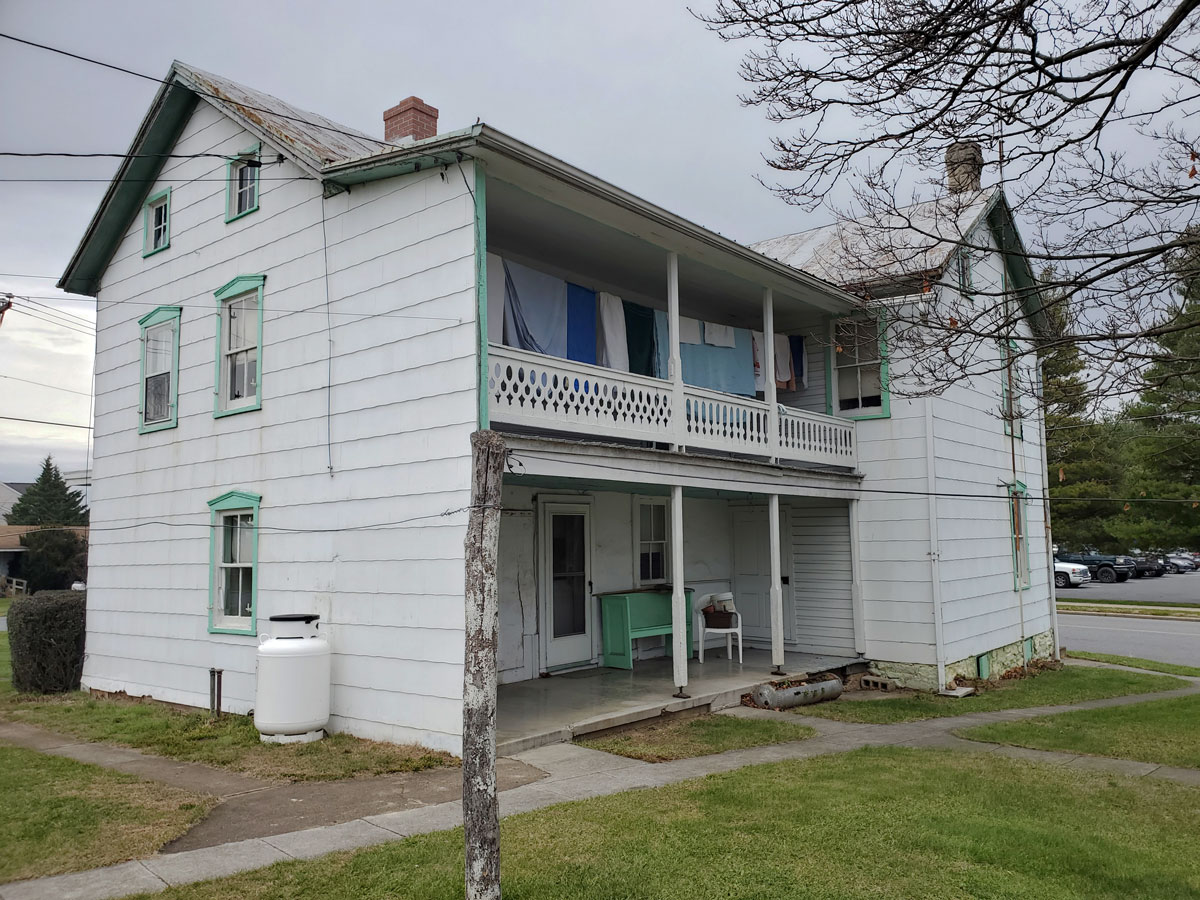
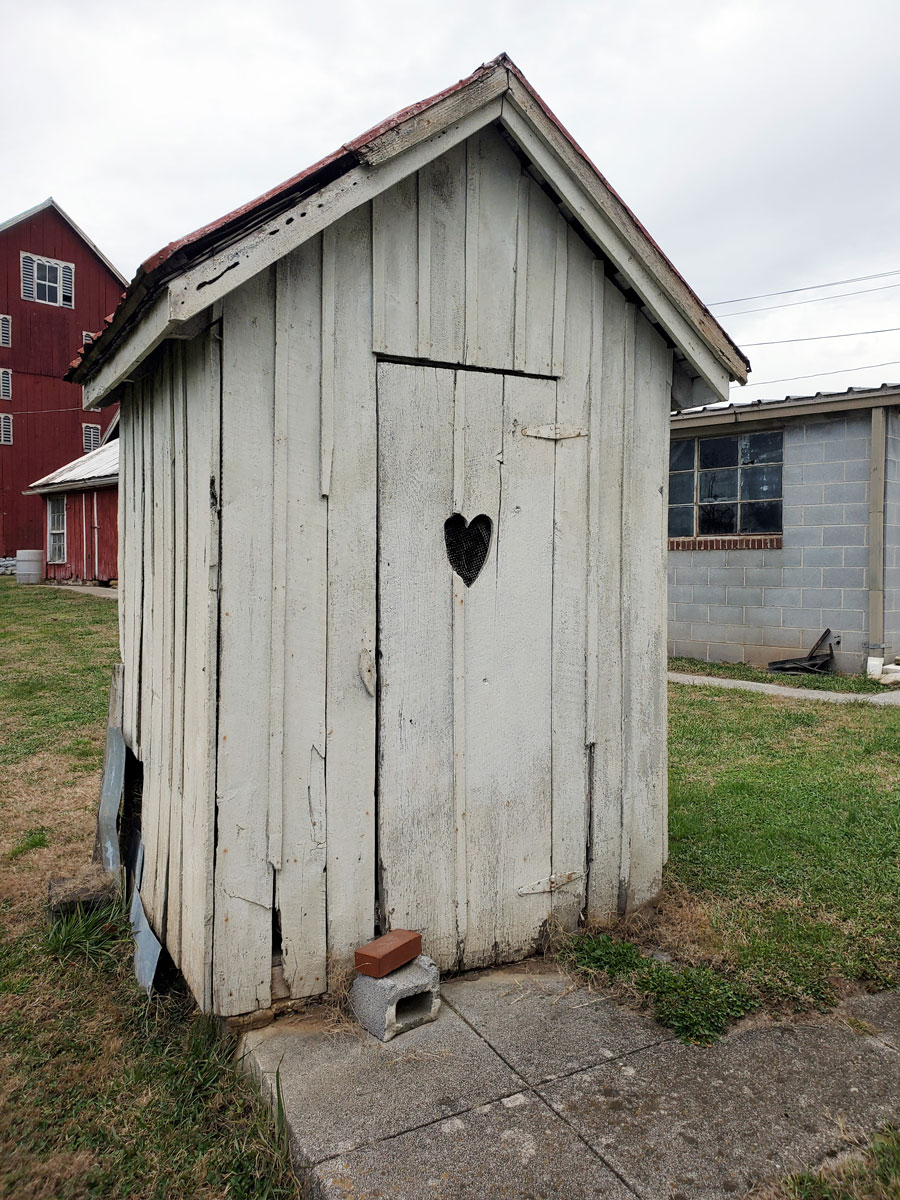
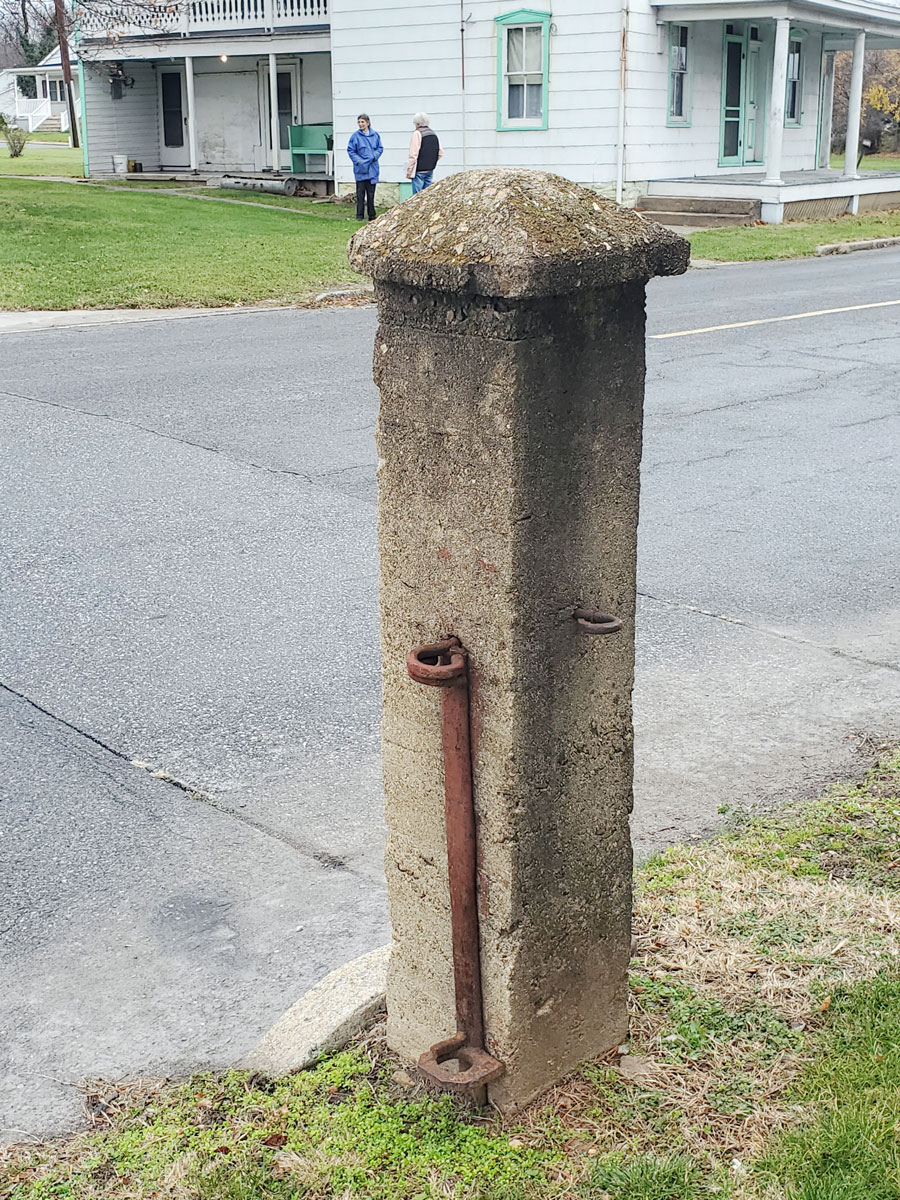
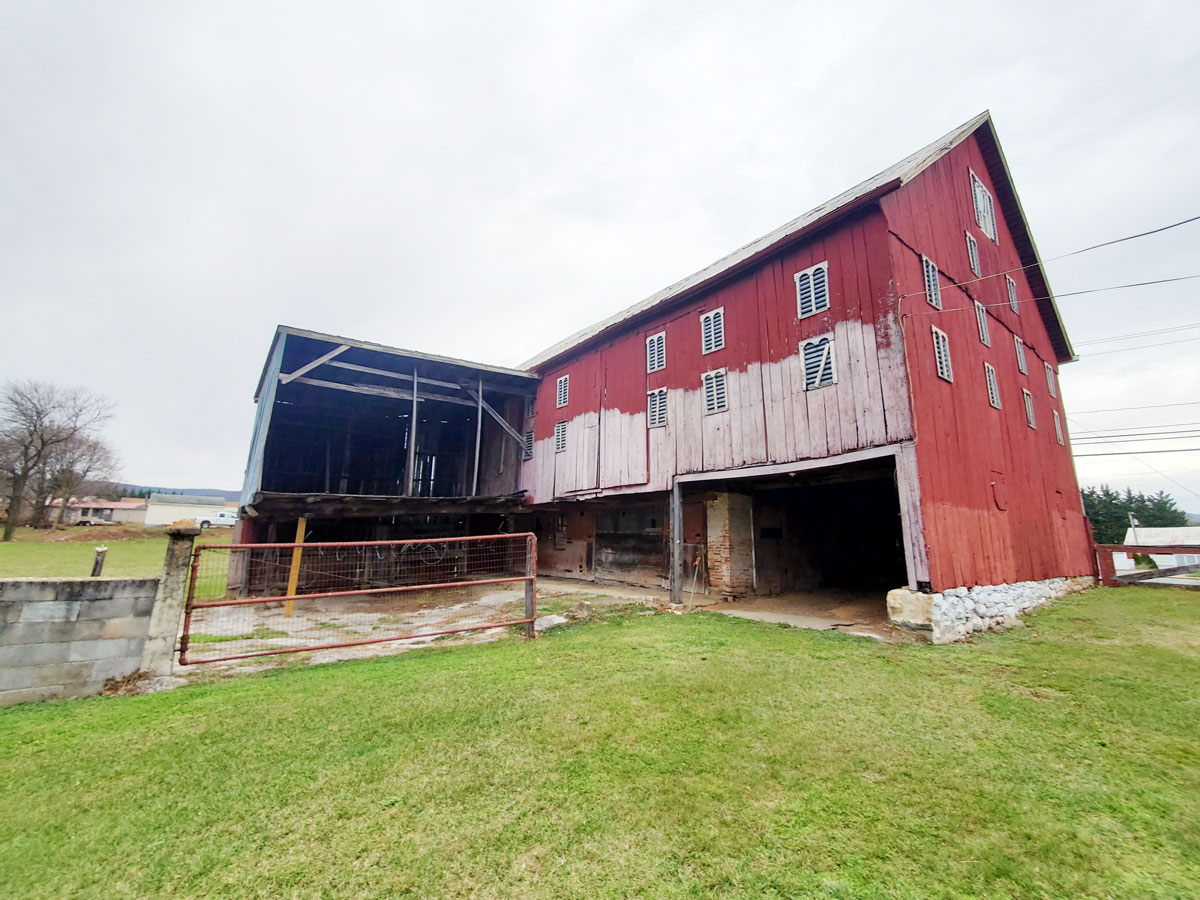
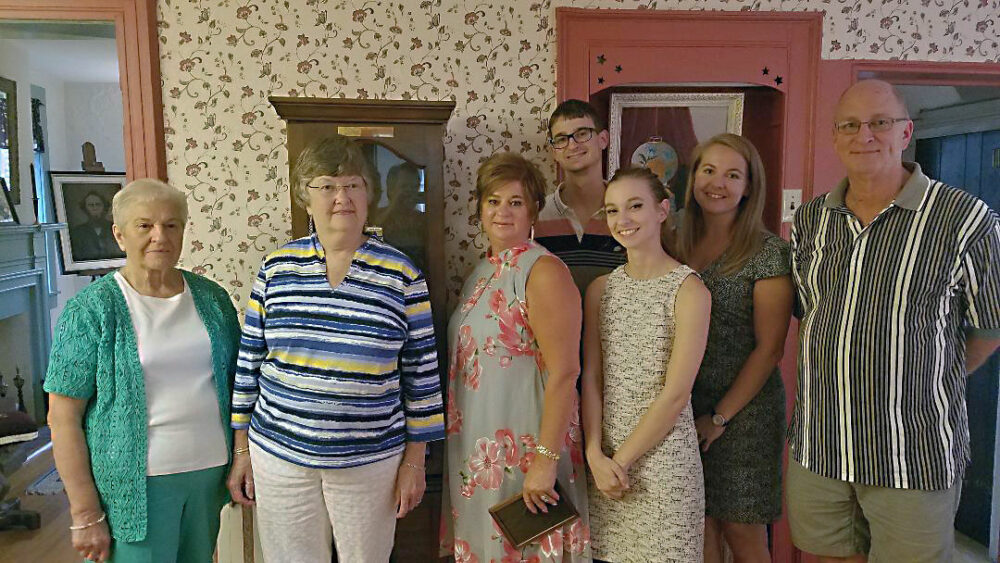
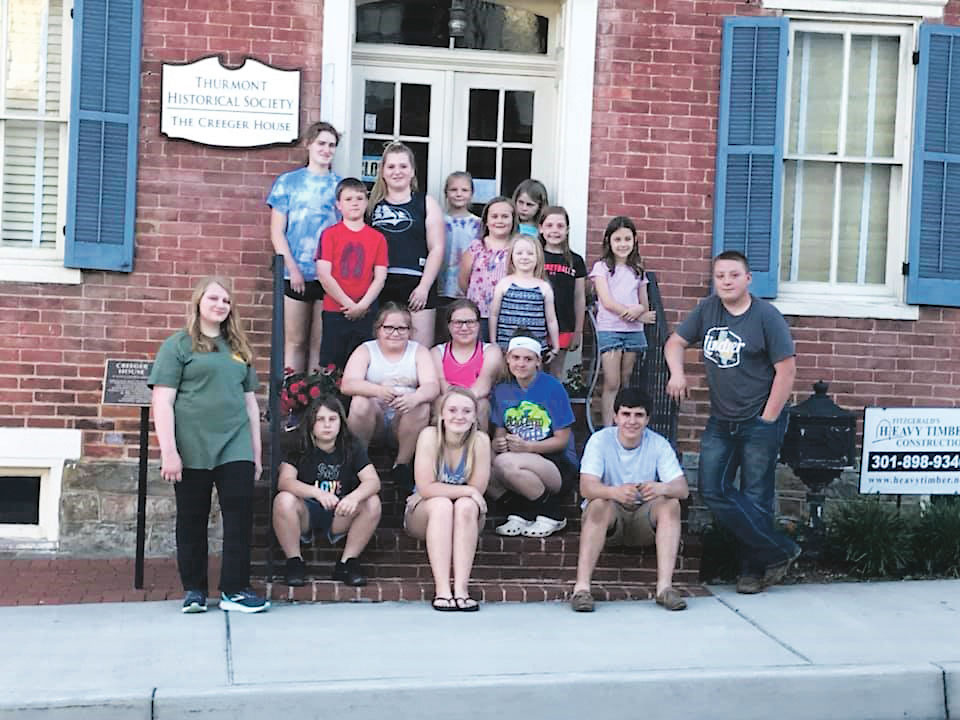
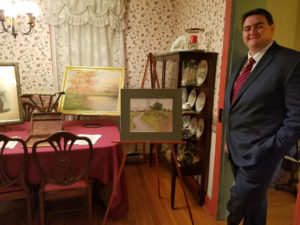
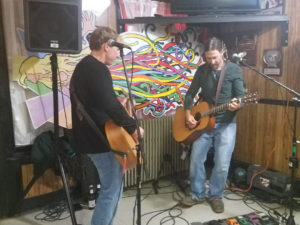
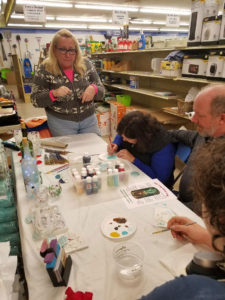
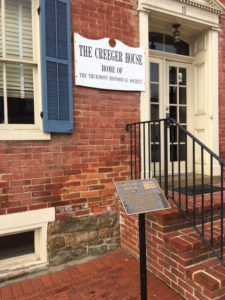 As a youngster, Thurmont Historical Society Board Member, Robert Eyler, remembers seeing the Creeger House on his visits from his home in Frederick to his great-grandparents Joseph and Anna Mary Eyler’s house in Thurmont. “As a kid, it was the coolest looking haunted house,” recalled Robert.
As a youngster, Thurmont Historical Society Board Member, Robert Eyler, remembers seeing the Creeger House on his visits from his home in Frederick to his great-grandparents Joseph and Anna Mary Eyler’s house in Thurmont. “As a kid, it was the coolest looking haunted house,” recalled Robert.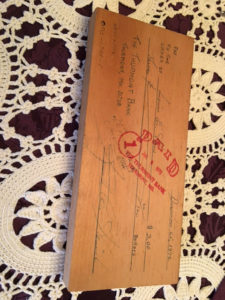
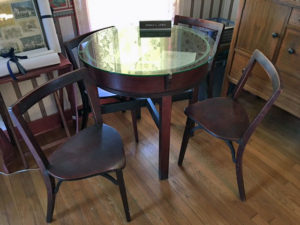
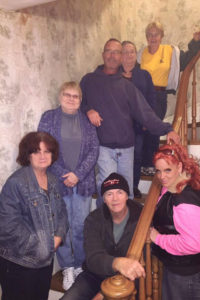

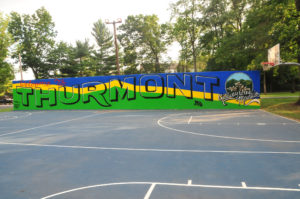 Early Tuesday morning, July 12, 2016, a line of tour buses pulled into Thurmont’s Community Park. About 250 rock musicians and roadies spilled out of the buses, stretched, and got ready to work.
Early Tuesday morning, July 12, 2016, a line of tour buses pulled into Thurmont’s Community Park. About 250 rock musicians and roadies spilled out of the buses, stretched, and got ready to work.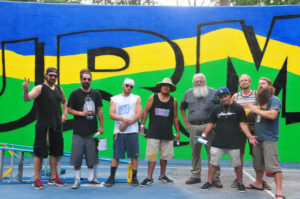
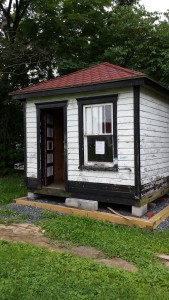 The Cozy Country Inn and Restaurant may be gone, and the ground on which it sat smoothed over for the next business to occupy; however, it is not gone. One of the original cabins in which travelers stayed the night in the early twentieth century now sits on cinder blocks at the rear of the Thurmont Historical Society property.
The Cozy Country Inn and Restaurant may be gone, and the ground on which it sat smoothed over for the next business to occupy; however, it is not gone. One of the original cabins in which travelers stayed the night in the early twentieth century now sits on cinder blocks at the rear of the Thurmont Historical Society property.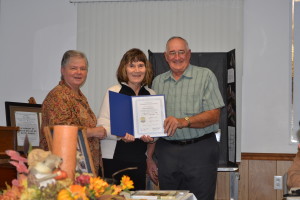
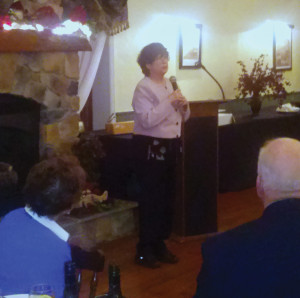
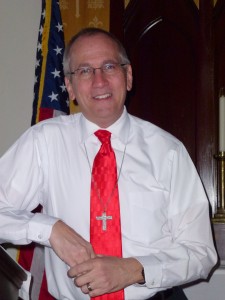 t. Mark’s Lutheran Church in Sabillasville welcomed its new pastor, Rev. Mike Simane, on November 1, 2014. Rev. Simane holds a Master of Divinity degree from the Lutheran Theological Seminary in Gettysburg, Pennsylvania. In addition to serving at St. Marks, Rev. Simane also works as a chaplain at Hospice of Washington County.
t. Mark’s Lutheran Church in Sabillasville welcomed its new pastor, Rev. Mike Simane, on November 1, 2014. Rev. Simane holds a Master of Divinity degree from the Lutheran Theological Seminary in Gettysburg, Pennsylvania. In addition to serving at St. Marks, Rev. Simane also works as a chaplain at Hospice of Washington County.